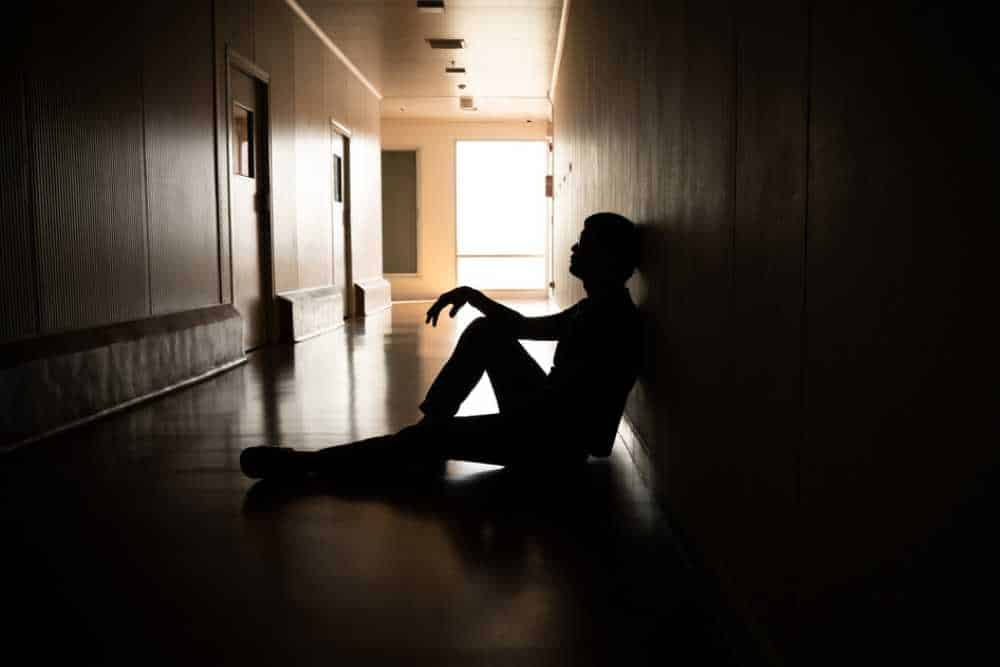We Accept Most PPO Insurance Policies
All calls and submitted forms are 100% confidential. Insurance could completely cover the cost of treatment




Transcranial Magnetic Stimulation (TMS) uses magnetic fields to stimulate specific areas of the brain associated with mood regulation, playing a significant role in treating mental health conditions near Solana Beach. During TMS Solona Beach treatment, an electromagnetic coil is placed against the scalp, delivering focused magnetic pulses that can either increase or decrease neural activity in targeted brain regions. The non-invasive brain stimulation technique has emerged as an important treatment option for several mental health conditions, particularly treatment-resistant depression. Depression is TMS’s most established use, with the FDA approving TMS for major depressive disorder in 2008.

TMS therapy is most appropriate for specific patient populations, with certain medical and psychiatric criteria determining candidacy.
Primary Candidates
Medical Eligibility
Psychological Readiness
TMS isn’t recommended for patients with active psychosis, active substance abuse, severe personality disorders that might interfere with treatment compliance, or those at high risk for seizures. Pregnant women are typically excluded due to limited safety data.
The timeline for TMS results varies significantly between individuals, but there are general patterns that most patients and clinicians observe. Most patients don’t notice immediate changes after their first few TMS sessions. The brain needs time to respond to the magnetic stimulation, as TMS works by gradually strengthening neural pathways and connections in targeted brain regions.
Individual Variation
Some patients notice improvements as early as the second week, while others may not experience significant changes until after completing the full initial treatment course.
It’s important to understand that TMS Solona Beach is a gradual process rather than a quick fix. Patients should maintain realistic expectations and continue with their existing treatment plan while undergoing TMS.

The duration of TMS effects varies significantly among individuals; however, research provides some helpful insights into how long patients can expect benefits to last. Most patients who complete treatment find relief from their depressive symptoms for a year or more. However, TMS is a durable treatment for depression with sustained responder rates of 50% up to one year after a successful induction course of treatment.
The longevity of TMS effects depends on several factors, including the severity of the original condition, individual brain chemistry, ongoing stress levels, and whether patients continue with other treatments like therapy or medication. Some patients experience benefits that last well beyond a year, while others may notice symptoms returning within 6 to 12 months.
It’s important to understand that depression is often a chronic condition with a natural tendency toward recurrence. All known antidepressant treatments require a maintenance regimen to sustain initial responses. Maintenance TMS sessions for treating military depression and other ailments are often less frequent and shorter in duration than the initial treatment course, making them more convenient and accessible for patients. These maintenance sessions can help extend the benefits and prevent full relapse.


A typical TMS therapy session is relatively straightforward and takes place in a clinical setting, usually lasting 20–40 minutes from start to finish. During the session, you’ll sit in a comfortable, reclining chair similar to a dentist’s chair. The TMS technician positions an electromagnetic coil against your scalp at a predetermined location, typically over the left prefrontal cortex, to treat depression. The coil is held in place by an adjustable arm, so you don’t need to remain perfectly still, though excessive movement should be avoided. Many patients read, listen to music, or simply relax during treatment.
When the machine activates, you’ll hear a series of rapid clicking or tapping sounds, which are the magnetic pulses being delivered. The sensation on your scalp is often described as feeling like gentle but persistent tapping or a woodpecker pecking. Some patients may initially find the sensation mildly uncomfortable, but most adjust to it within the first few sessions.
Immediately after treatment, you can resume all normal activities. There’s no recovery time needed, and you can drive, work, or exercise as usual. Some patients experience mild headaches or scalp tenderness, which typically resolve within a few hours.

Moment of Clarity is committed to providing a safe and supportive environment to help patients explore TMS Solona Beach treatment options tailored specifically to their needs. Reach out to Moment of Clarity at 949-625-0564 today to learn more.